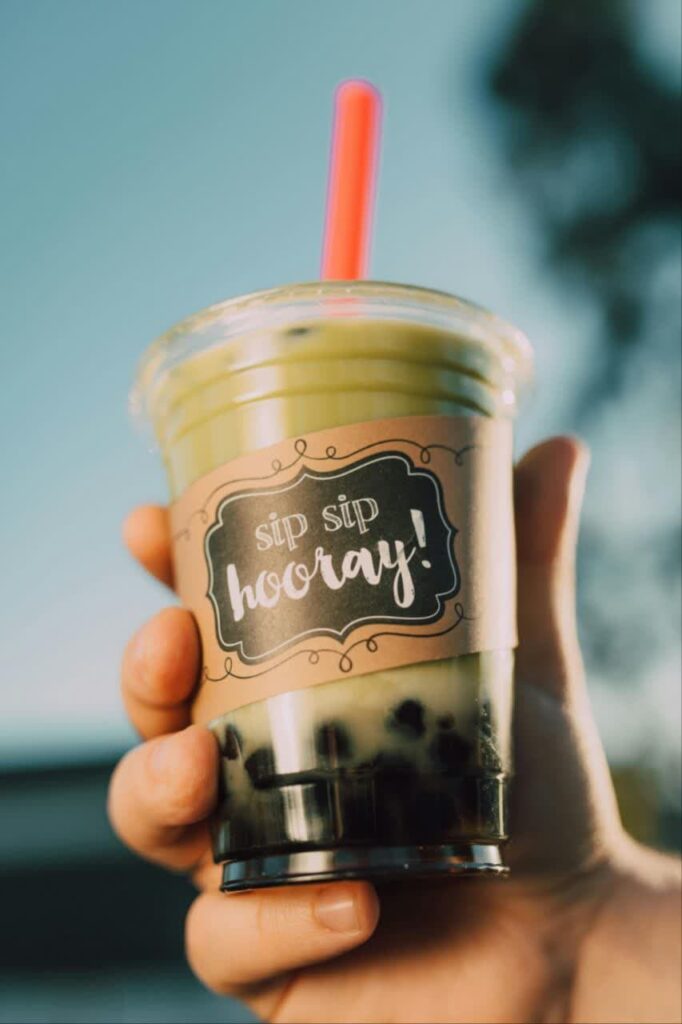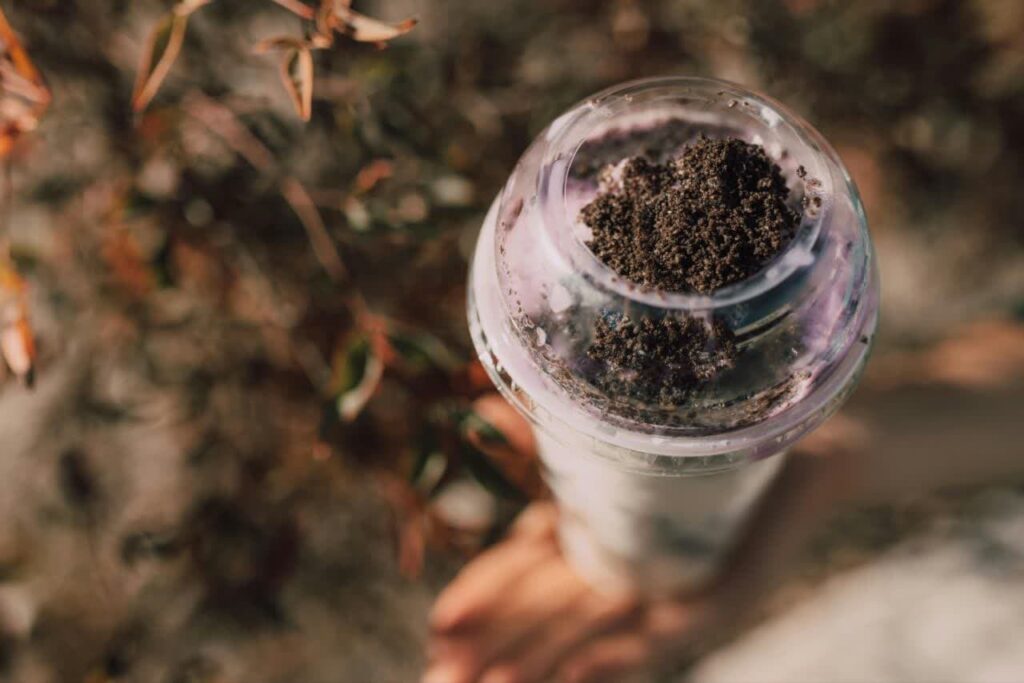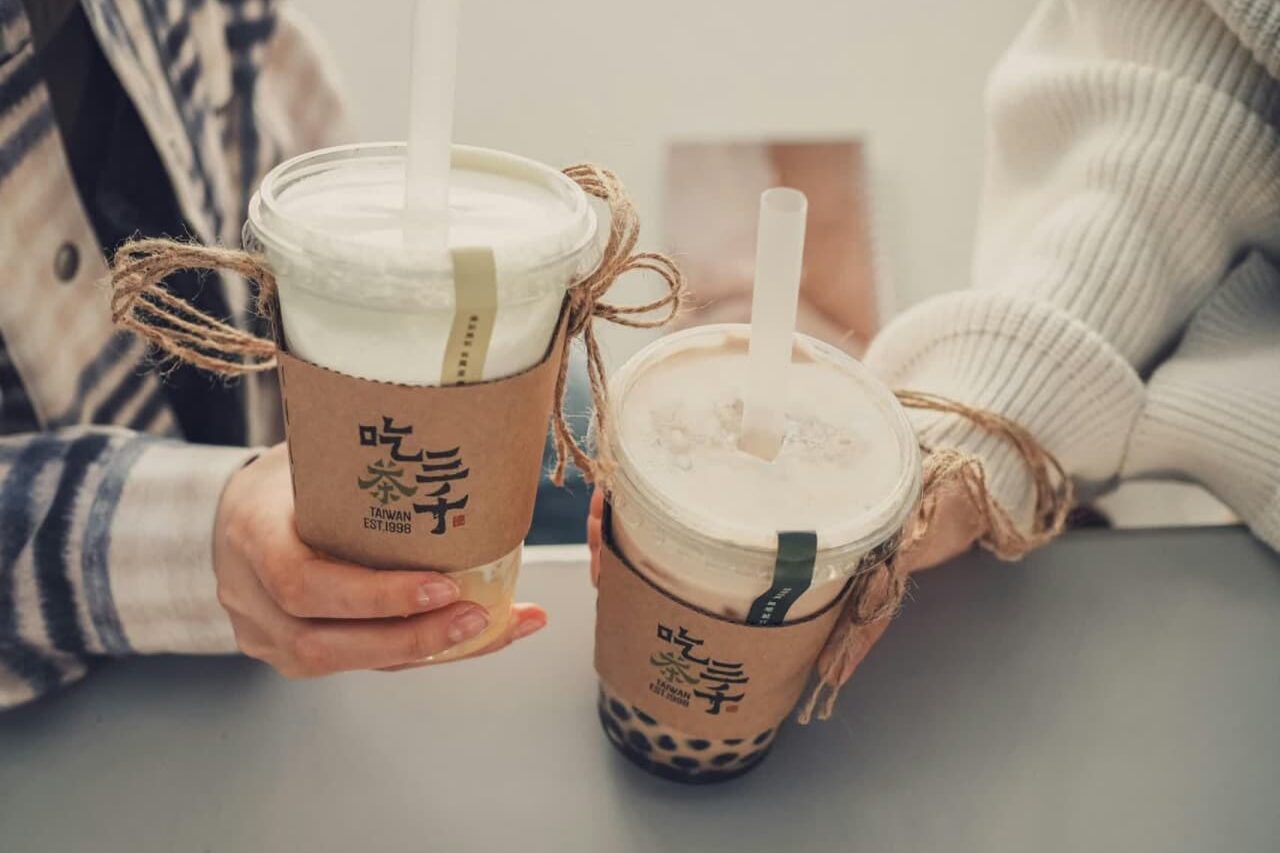Bubble tea, also known as boba tea, has evolved from a niche Taiwanese beverage into a global cultural sensation. With its unique combination of flavors, textures, and customizability, boba tea has captured the hearts of millions worldwide, transforming from a humble street drink into a billion-dollar industry.
Table of Contents
The Origins of Boba Tea
Boba tea was first created in Taiwan during the 1980s, combining tea, milk, and chewy tapioca pearls. Its creators likely never anticipated its widespread appeal. The drink’s playful, interactive nature—sipping flavorful tea while chewing on pearls—was a game-changer in the beverage world, offering a sensory experience unlike any other.

The Global Expansion
In the past two decades, it has transcended cultural and geographic boundaries. It first gained traction in Asian communities abroad and quickly spread to mainstream audiences. Cities from Los Angeles to London now boast bubble tea shops on every corner, with innovative brands like Gong Cha, Chatime, and The Alley leading the way.
What Sets Boba Tea Apart?
Customizability: Customers can tailor their drink, choosing from a variety of tea bases (green, black, oolong), milk types, sweetness levels, and toppings such as tapioca pearls, jelly, or popping boba.
Flavor Innovation: From classic milk tea to exotic flavors like matcha, taro, and brown sugar, bubble tea caters to diverse palates.
Cultural Fusion: Bubble tea adapts well to regional tastes, incorporating local ingredients and flavors to appeal to global audiences.
The Business of Boba
The bubble tea market is projected to surpass $4 billion by 2027, driven by younger generations’ desire for unique, Instagrammable food and beverage experiences. Entrepreneurs are capitalizing on this trend by opening premium boba shops, introducing healthier options, and even creating ready-to-drink bubble tea for convenience.
Sustainability Challenges
Despite its popularity, the bubble tea industry faces scrutiny over environmental concerns, particularly the use of single-use plastics for cups, straws, and lids. Innovative brands are now exploring biodegradable packaging and encouraging reusable cup programs to address these issues.
Classic Bubble Tea (Boba Tea) Recipe
Ingredients
For the Tapioca Pearls:
– 1/2 cup tapioca pearls (store-bought or homemade)
– 4 cups water
For the Tea Base:
– 2 cups brewed black tea (or green tea)
– 1/4 cup milk (whole milk, almond milk, or your choice)
– 2-3 tbsp sugar or sweetener (adjust to taste)
– Ice cubes
Optional Toppings:
– Popping boba, jelly, or fruit bits

Instructions
Cook the Tapioca Pearls
1. Bring 4 cups of water to a boil in a pot.
2. Add tapioca pearls to the boiling water. Stir to prevent sticking.
3. Boil for 15–20 minutes (or as per package instructions) until the pearls are soft and chewy.
4. Remove from heat, drain, and rinse the pearls in cold water.
5. Optional: Soak cooked pearls in a syrup made of sugar and water for added sweetness.
Brew the Tea Base
1. Brew 2 cups of strong black tea or green tea. Allow it to cool.
2. Sweeten the tea with sugar while it’s still warm. Adjust to taste.
Assemble the Bubble Tea
1. Fill a tall glass with ice cubes.
2. Add 1/4 cup of cooked tapioca pearls to the bottom of the glass.
3. Pour the sweetened tea over the pearls.
4. Add milk and stir well.
Serve and Enjoy
Insert a wide straw, mix gently, and sip the delicious tea while enjoying the chewy pearls!
Variations
- Fruit Flavored Bubble Tea: Replace milk with fruit juice or add fruit syrups like mango, strawberry, or passion fruit.
- Taro Bubble Tea: Add taro powder or paste for a creamy, nutty flavor.
- Brown Sugar Milk Tea: Use brown sugar syrup for a rich, caramelized sweetness.
Conclusion
Boba tea is more than just a drink; it’s a cultural phenomenon that symbolizes creativity, diversity, and global connectivity. For CEOs and entrepreneurs, it presents an opportunity to innovate, build strong community connections, and tap into an ever-expanding market.
As it continues to evolve, one thing remains clear: its bubbly charm is here to stay.

